Butterflies are a beautiful addition to any garden and they play an important role in the environment. Here’s 6 steps to attract them to your yard.
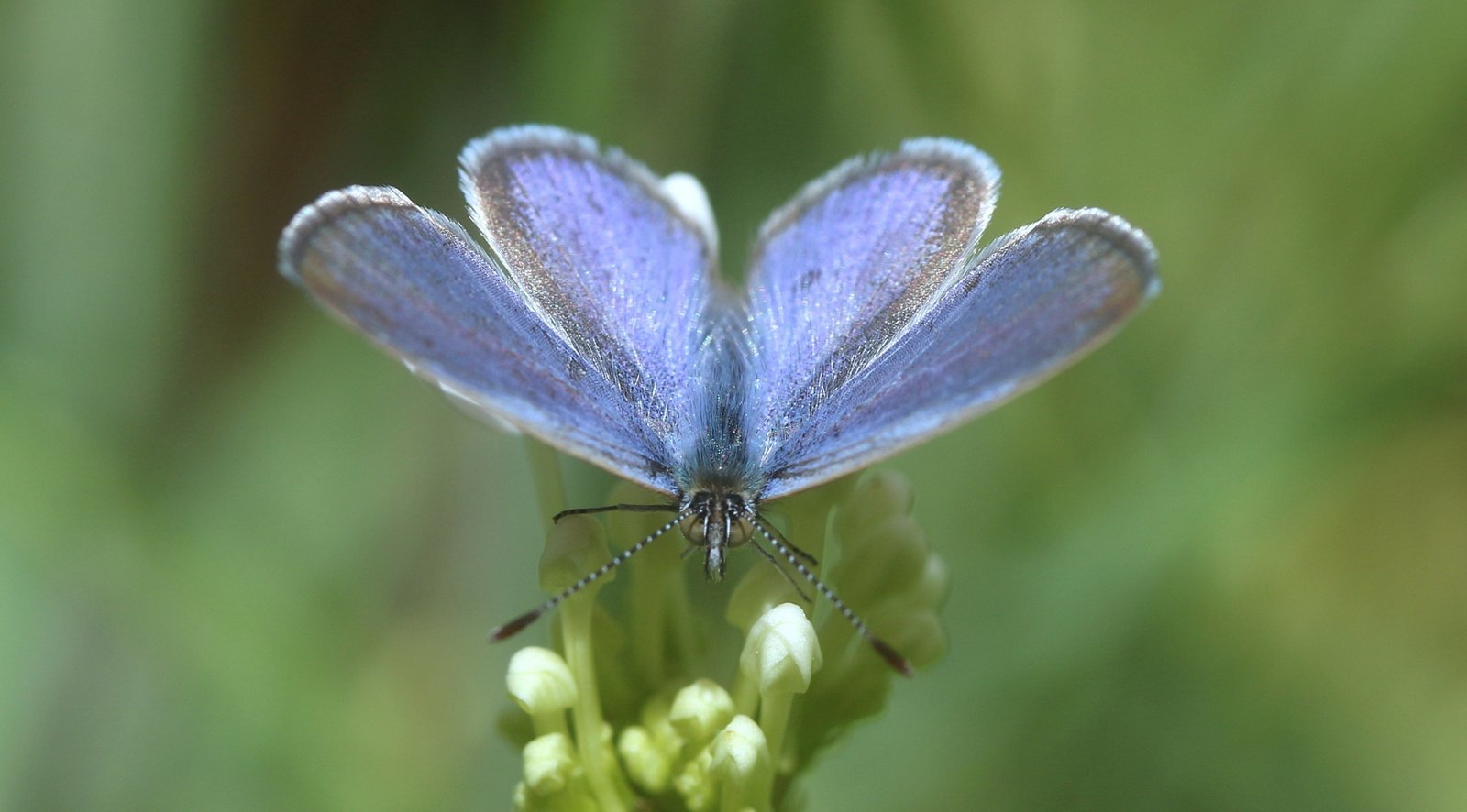
By making your garden butterfly-friendly, you are helping create a wilder and more liveable city. Everything in nature is connected, so it’s important to look after even the smallest plants and animals, plus they’re beautiful.
Here’s 6 steps to make your garden butterfly-friendly.
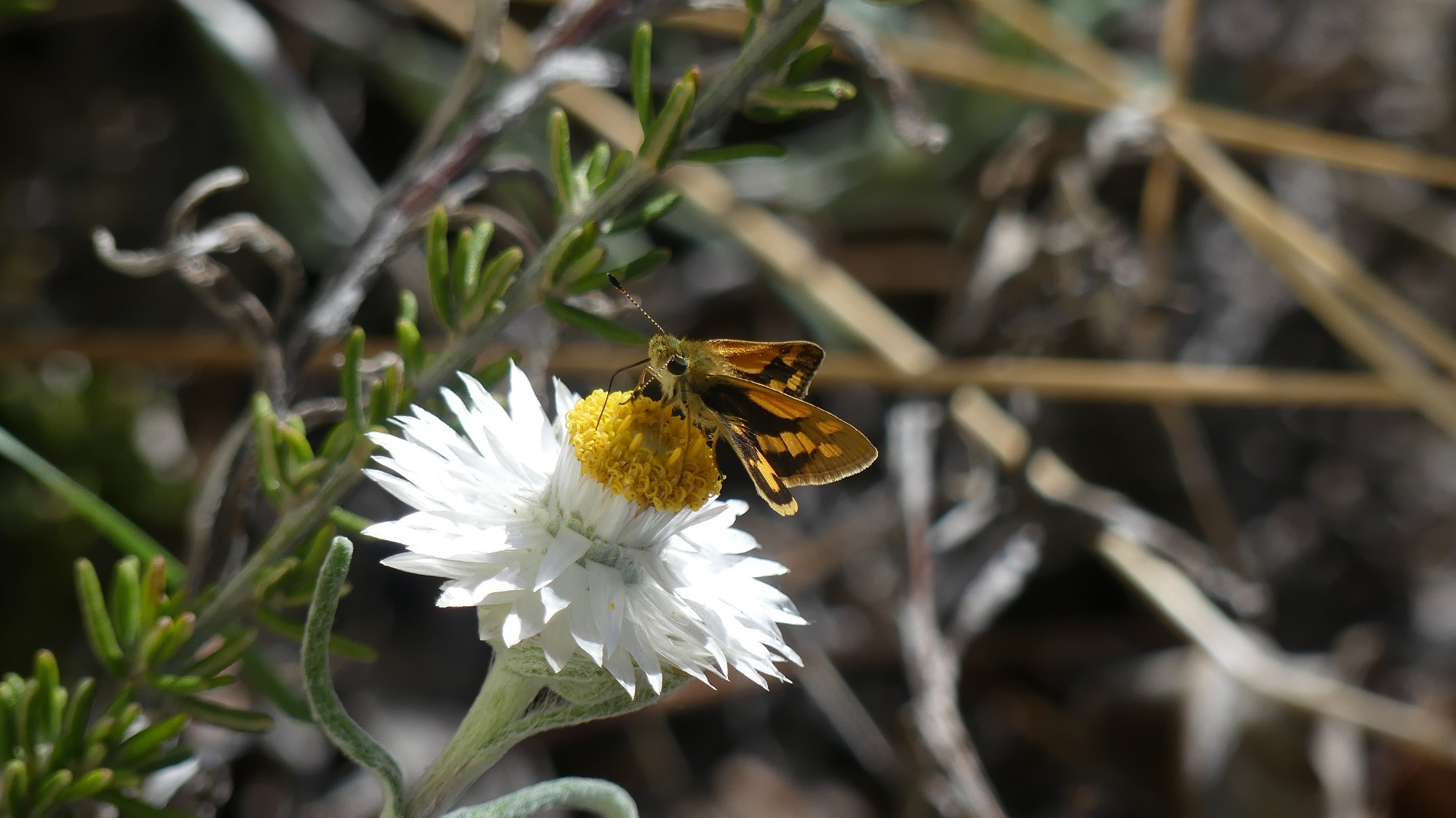
1. Reduce chemical use
Butterflies start as caterpillars (well, eggs really) and they like to snack on plants.
So if you spot a little caterpillar chomping on your plants, check yourself before pulling out the pesticide to remove them. You’ll need caterpillar snacks to attract butterflies to live in your garden.
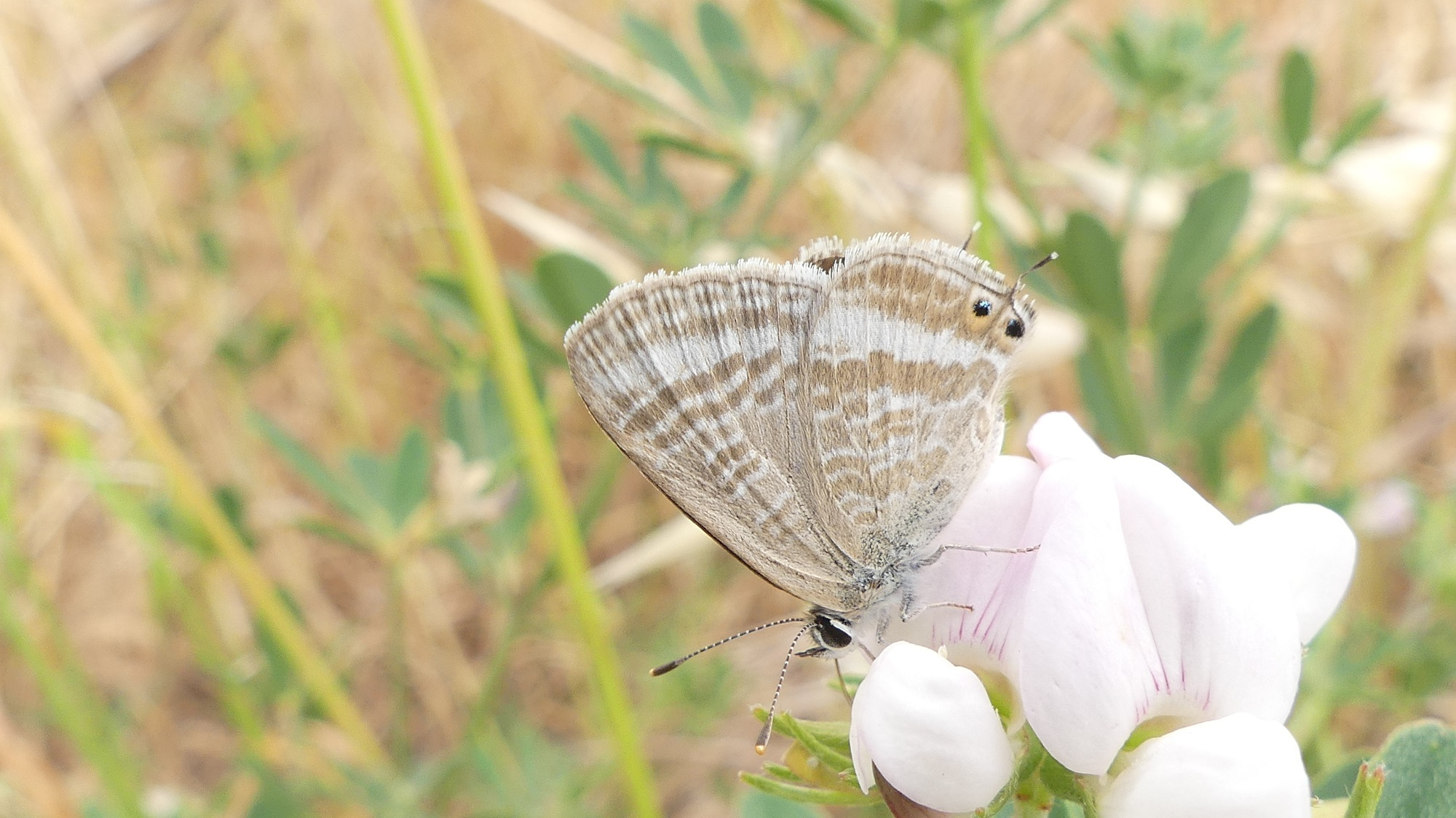
2. Plant the right plants for both butterflies and caterpillars
To get butterflies in your garden, you must cater for caterpillars too – we won’t have thriving butterflies without giving them somewhere to lay their eggs and something for their babies to eat.
Planting for caterpillars
Caterpillars are fussy eaters. Some species, like the once regionally extinct yellowish sedge-skipper, favour just one plant. Caterpillars’ main foods are sedges, native grasses and mistletoes but the specific plants depends on the caterpillar.
Planting for butterflies
The plant the caterpillar eats is usually the same one that the female butterflies lay their eggs on. So, if there’s one butterfly you want to attract, you’ll need to research its favourite plant(s) (aka host plant).
Butterflies don’t eat – they drink! Good tasty options include tall scurf-pea (Cullen australasicum), goodenias (Goodenia species) and fanflowers (Scaevola species). The plants butterflies drink from are not usually the same as the ones they lay their eggs on or that their caterpillars eat.
Top tip: Weeds are better than no plants at all, as butterflies may still drink from them. Try gradually removing weeds and replacing them with native plants at the same time, so that there’s always nectar on offer.
Discover local plants loved by butterflies.
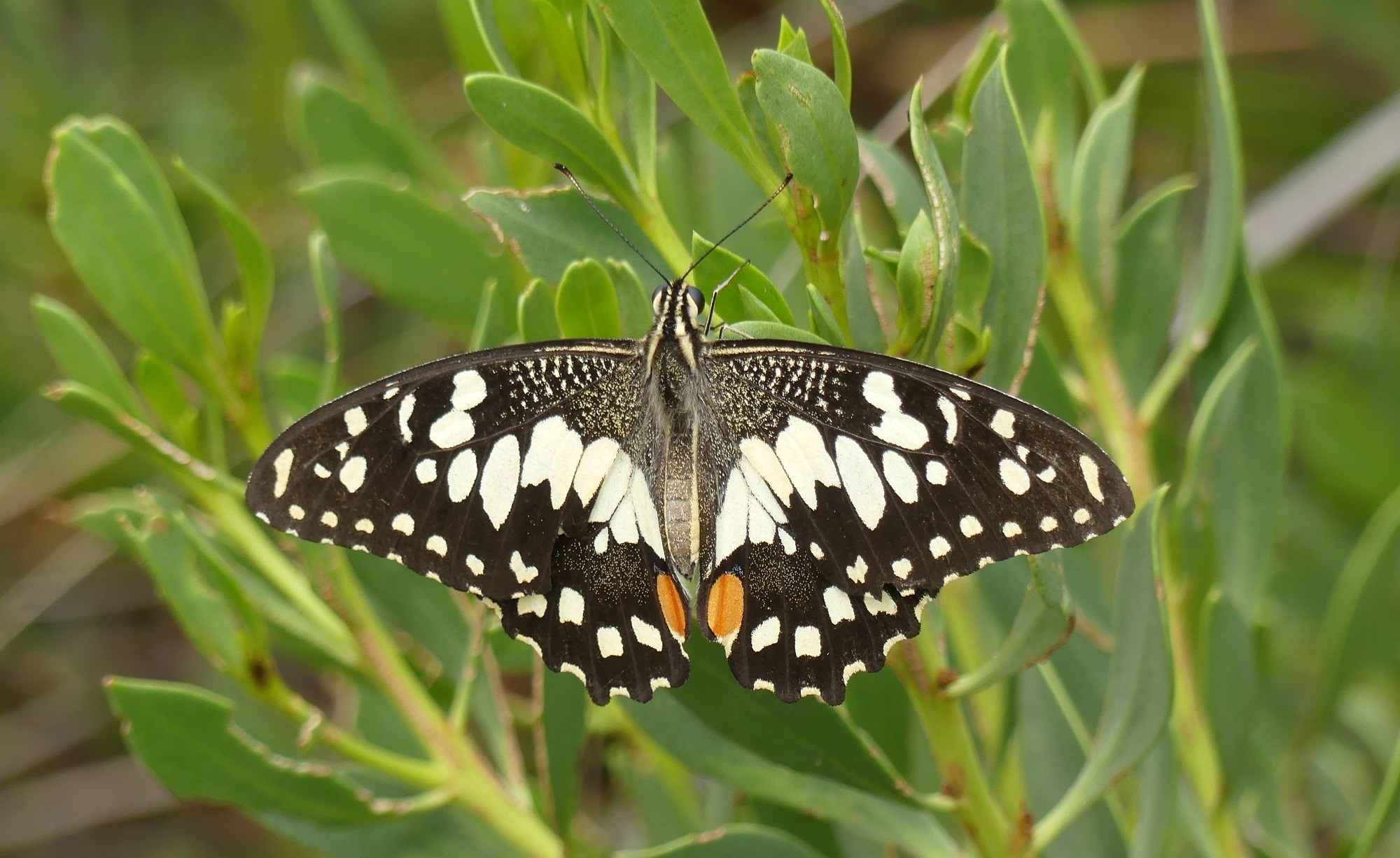
3. Select plants that flower year-round
Plant different species that flower at different times of the year, focussing on spring to autumn, and consider including plants that flower for a long time, such as Christmas bush (Bursaria spinosa). This gives butterflies more nectar options all year round.
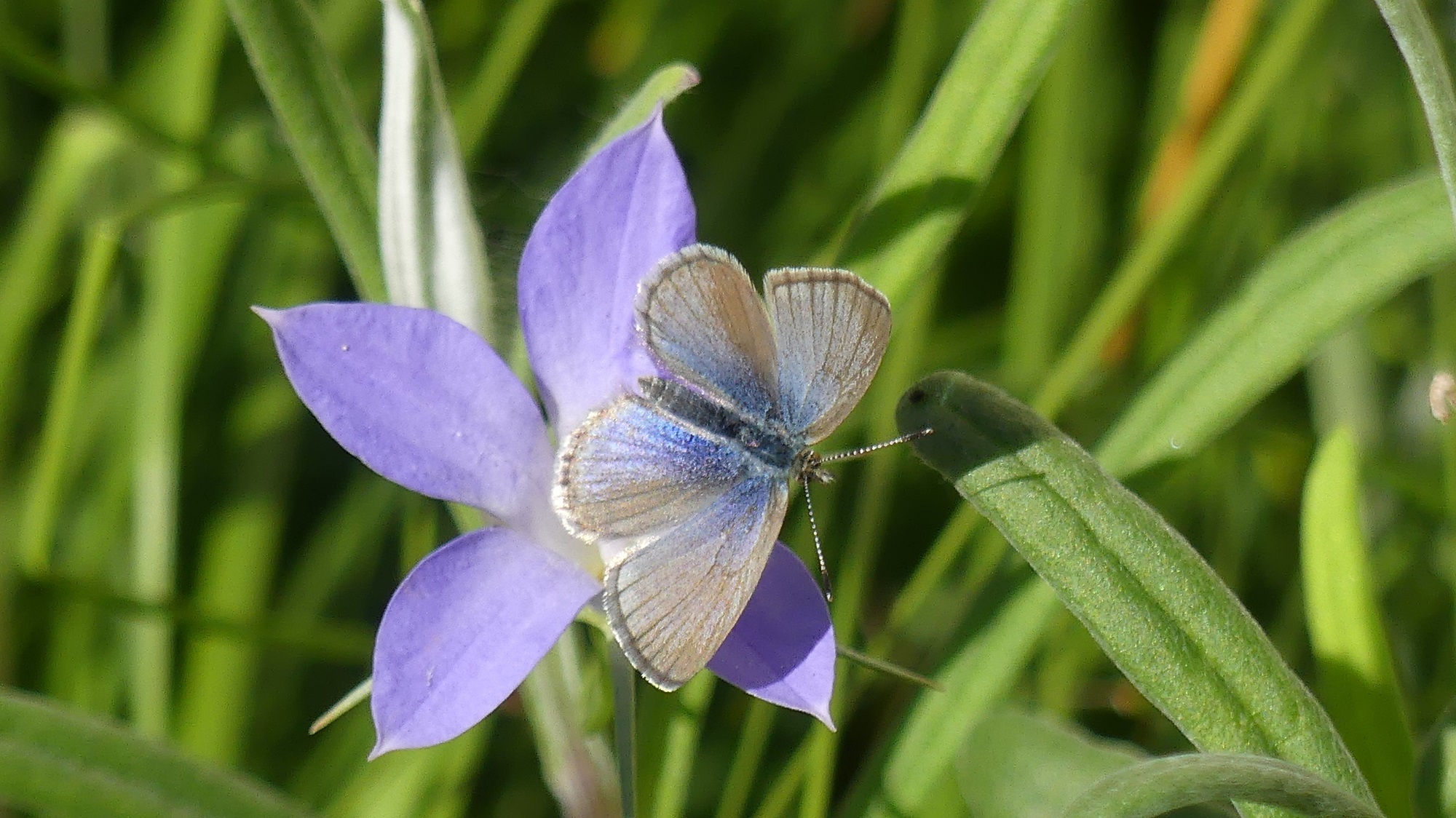
4. Offer shelter
Strong winds can rip butterflies’ delicate wings, so protection from the elements is essential. To achieve this, plant native species of different heights for butterflies to take cover around.
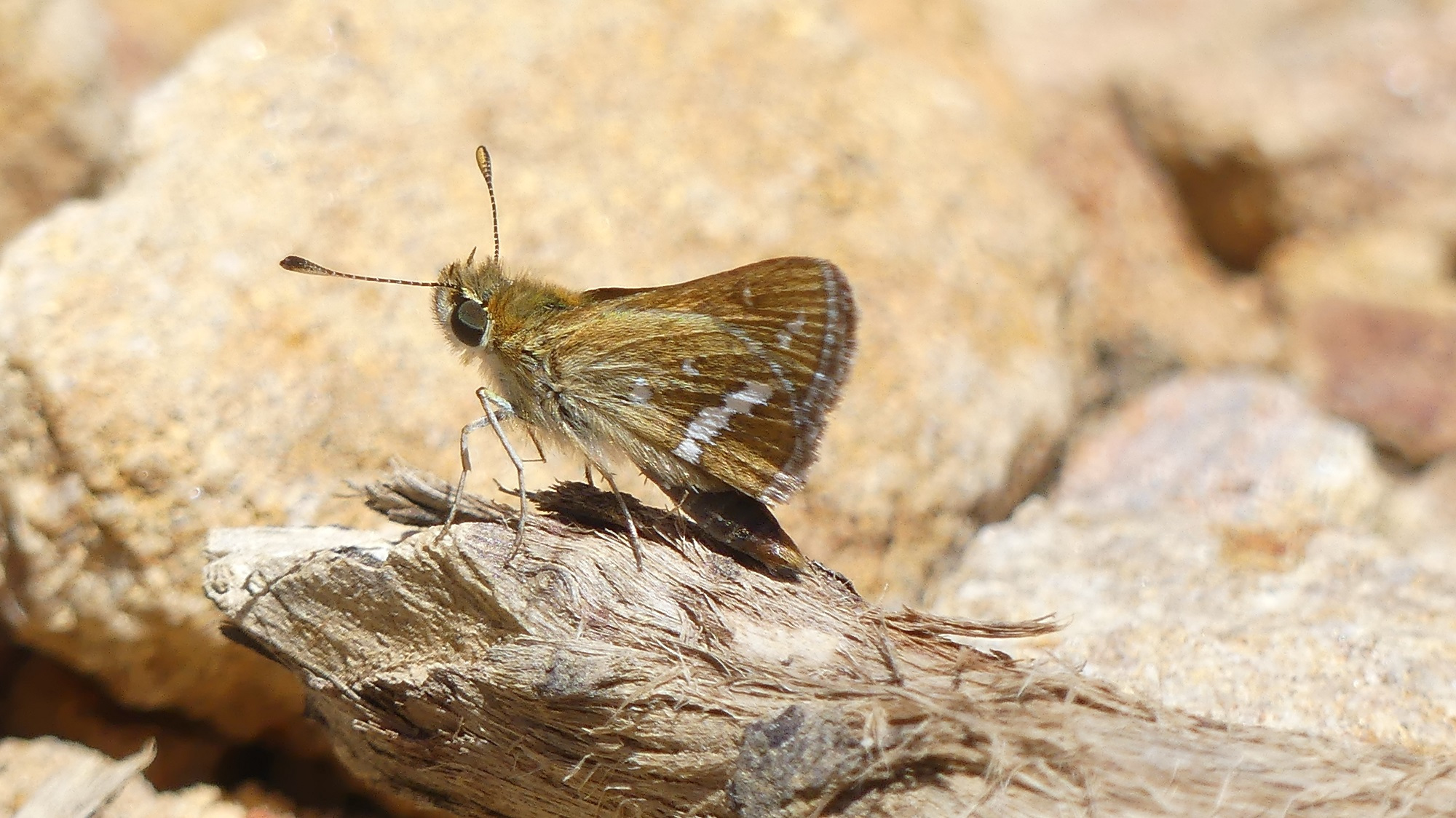
5. Leave some bare ground
Oddly enough, a patch of bare ground, ideally in a spot that gets wet, will provide water for butterflies – no need for a water dish!
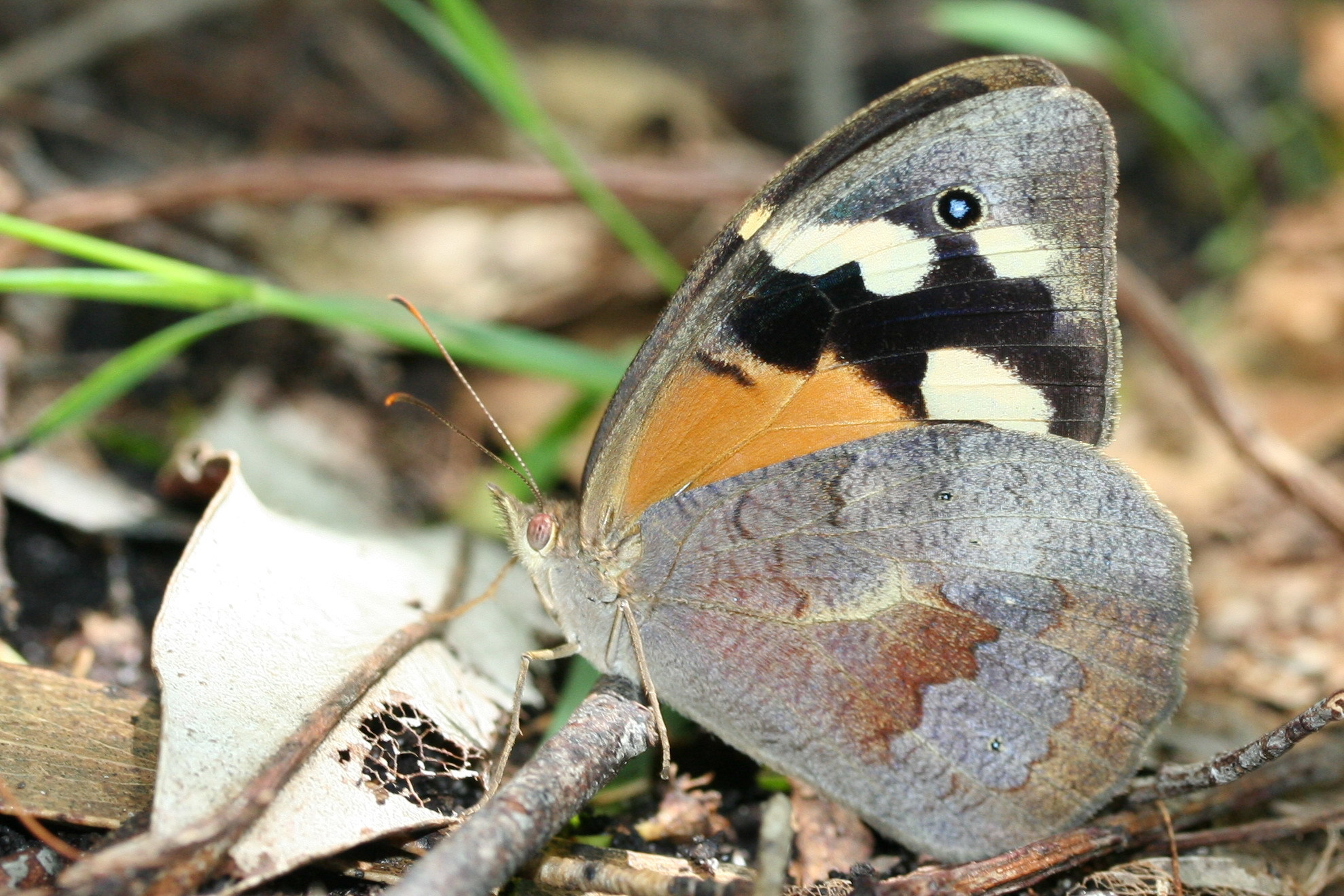
6. Add some rocks
Butterflies rely on the warmth of the sun to increase their body temperature because their bodies can’t regulate themselves. Leaving some rocks in a sunny spot will give them somewhere to warm up and rest.
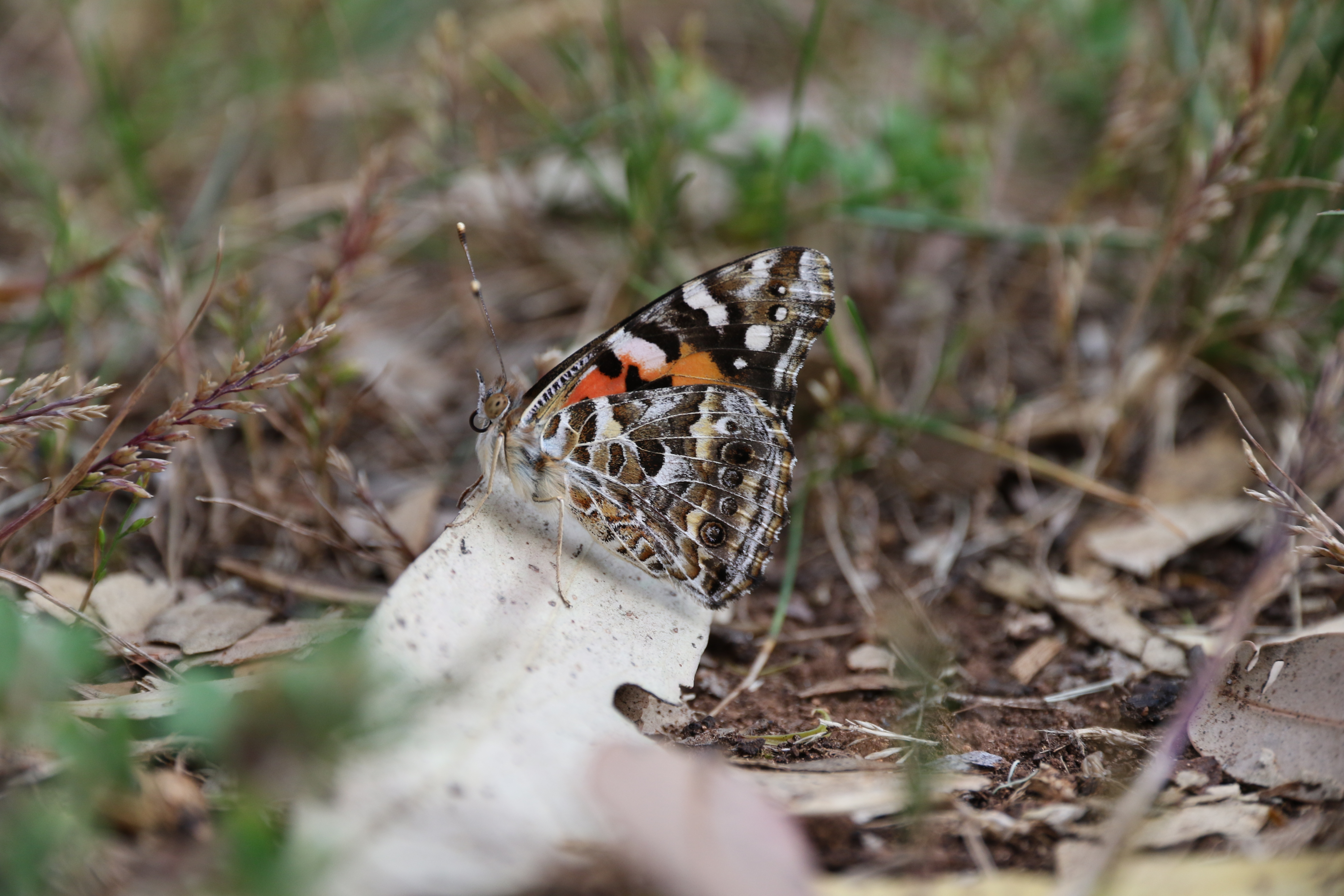
Why are butterflies important?
Butterflies are an essential building block in the environment. Not only are they pollinators (helping plants reproduce) but they are also a food source for other animals, like birds and lizards.
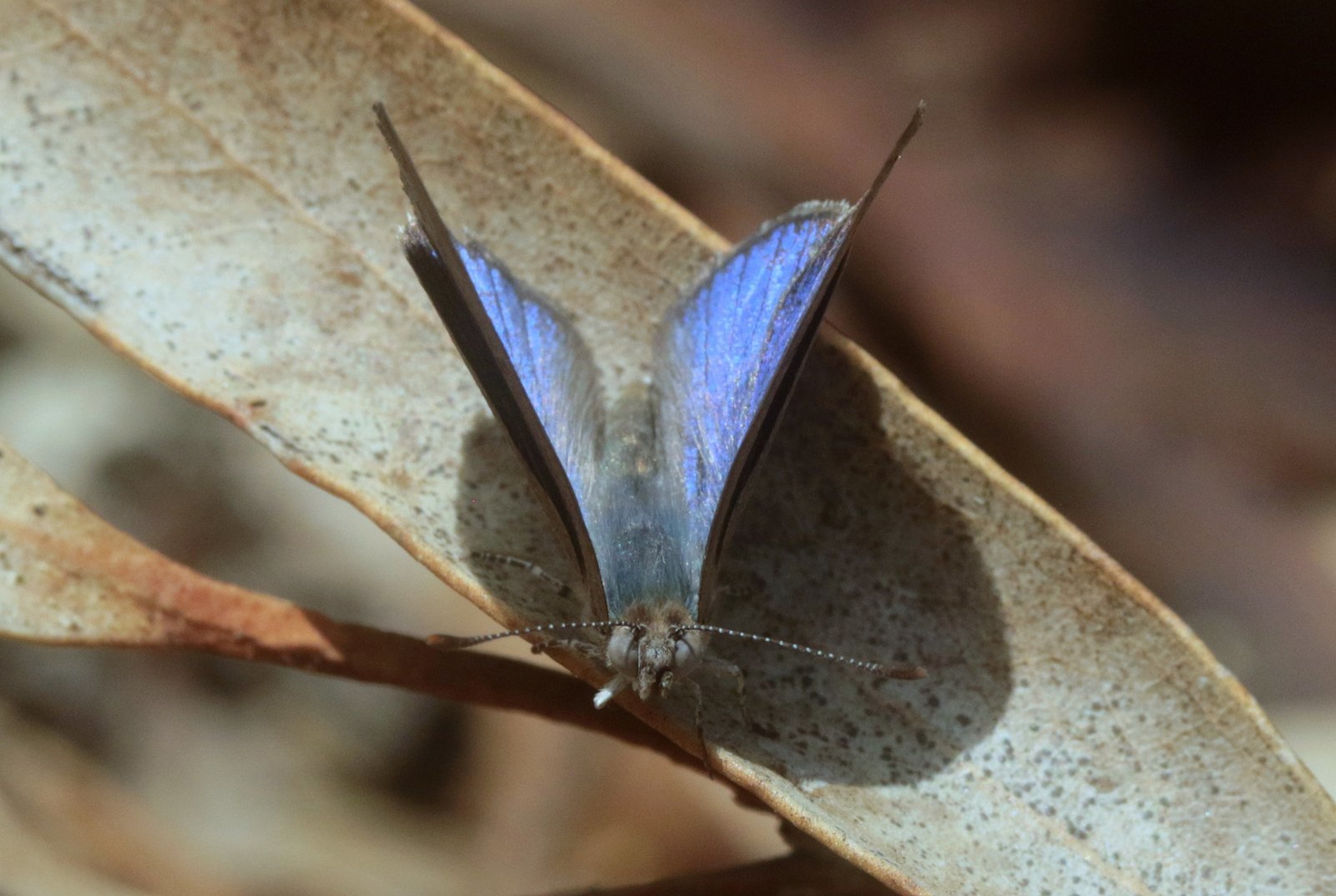
Other ways to help
To support a wilder Adelaide with more butterflies sign and share the Charter to make Adelaide a National Park City. Be part of a movement turning Adelaide into a more butterfly friendly city!
You can also subscribe to the Green Adelaide newsletter for the latest on our butterfly tips.
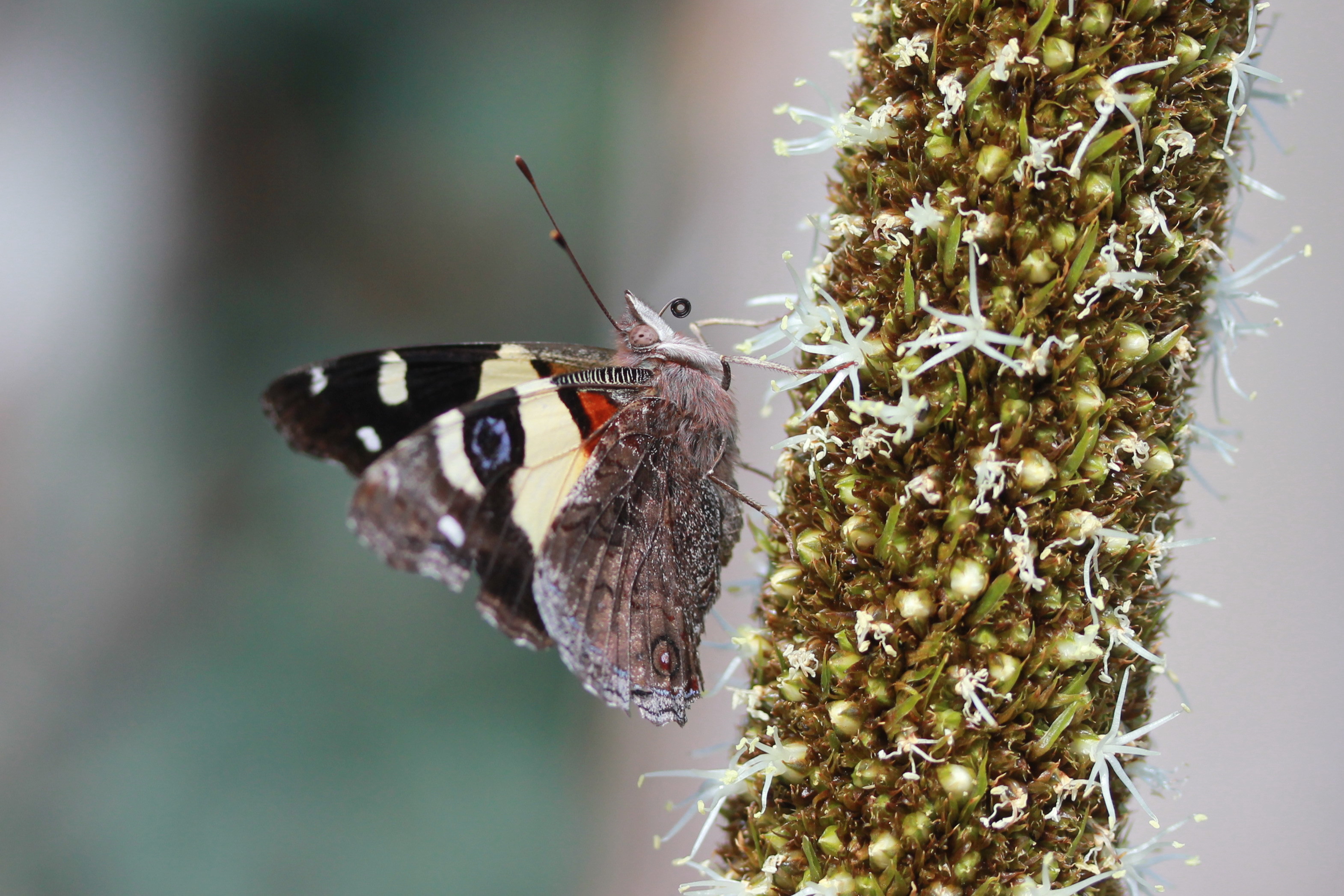
Find out more local gardening tips
Just beginning your gardening journey? Head to our gardening hub for more tips and tricks.
This story was originally published in December 2021.